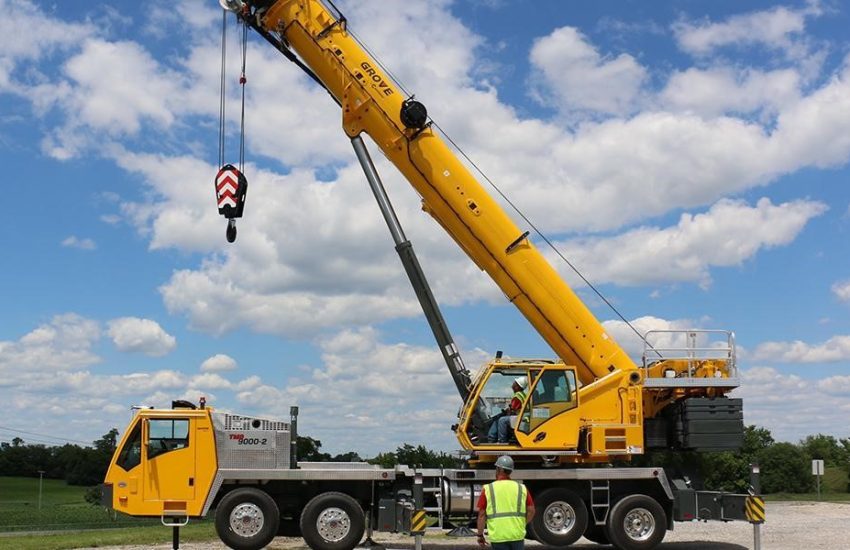Selection Criteria: How to Pick the Best Platform Ladder
Even though each kind of platform ladder is intended to provide a secure place to work at a height that does not mean that every model works in every situation. One of the first things to consider is working height. From here, measure up to the highest point where contact is to occur (for example, the lowest point on an assembly to be attached to an overhead rail), and add a comfortable reach distance from the floor for most workers (4–6 inches).
Now select a platform height that is within that envelope without requiring excessive over-head stretching. Then there’s material selection: aluminium is good for low-voltage or mechanical applications due to its lightweight, and fibreglass is a must if you’re near switchboards or live wiring. Then look at platform ladder; at least 400 millimetres deep gives solid footing but a wider deck helps with jobs needing lateral hand movement. Rail height must conform to AS 1892 but should not get in the way of free tool movement. Weight rating tags shall correspond to the maximum personnel-plus-tools load expected, allowing for the occasional inclusion of parts trays. Lastly, evaluate portability such as integrated wheels, carry handles, and locking features — if the equipment is too difficult to transport, it rarely makes it to the job site and thus is not protective at all.
Best practices related to Maintenance and Inspection
Regular maintenance is key to prolonging the life of a platform ladder. Operators should conduct a visual sweep for bent bracing, loose rivets or missing anti-slip feet before each use. Aluminium can get stress lines over time, just next to the weld, while fibreglass will show fibrous bloom when it gets the ultraviolet ray. A safety officer designated to perform these monthly checks opens up and closes the ladder over its full range, checks the action of the spreader bars, and ensures platform gates latch.
Mild solvent to remove any oil or paint that might contaminate tread surfaces, taking care to leave an intact anti-slip texture. Incorporate each inspection into your company asset management system with item serial numbers as well as any remedial action if defects or failures arise. Re-certification by a third party, on an annual basis, maintains its ability to operate to the load ratings prescribed by AS 1892, particularly after the ladder has been through the rigors of the construction environment. A good maintenance regime preserves not only the structural integrity but also the faith of your workers in the machinery they are operating.
Proper Usage Techniques
A unsafe ladder, misuse one even the safest ladder. Operators should place the ladder on a stable, level surface and extend the spreaders all the way until they lock into place. Improvise padding under one foot if needed to account for slope, feet must stay square to the ground, it is very awkward to get off from the ground if one leg is goes leaning on top to another To climb your workers should face the rungs and keep three points of contact until both feet are square on the platform. In order to prevent these deadly and destructive tools from going to the ground, tools should be lifted using tool belts or small tethered buckets, not carried in hand.
Finally, when on the platform, his body should be inside the perimeter created by the guard rails; leaning over this line moves the centre of mass outside the support base. The user must then descend, facing the ladder, at the end of the shift – closing gates or chains behind them to indicate the platform is clear. Practicing these makes positive behaviours habits that feel instinctive before long, strengthening the built-in protections of the ladder.
Education and Skill Development
Workplaces that are implementing platform ladders typically provide brief training modules to supplement the equipment roll-out. Toolbox meetings approach this with short practical sessions to show the right way to set up, mis-usage examples and basic fault checking. Employers use registered training organisations to provide nationally recognised units of competency in ladder safety that address risk assessment, selection, transport and storage. With these certificates, principal contractors and any government inspectors can have verifiable evidence that anything you supply is indeed duty of care, not just the purchase of compliant gear.
Complacency is also combated through refresher courses every 2 years, which not only identify changes in standards but remind staff of the need to reassess their tasks from the last time they were in a refresher course. Digitally based learning platforms from equip2go also enable workers to return to instructional on-demand videos, making knowledge available to newcomers or subcontractors who join in the middle of a project period.




